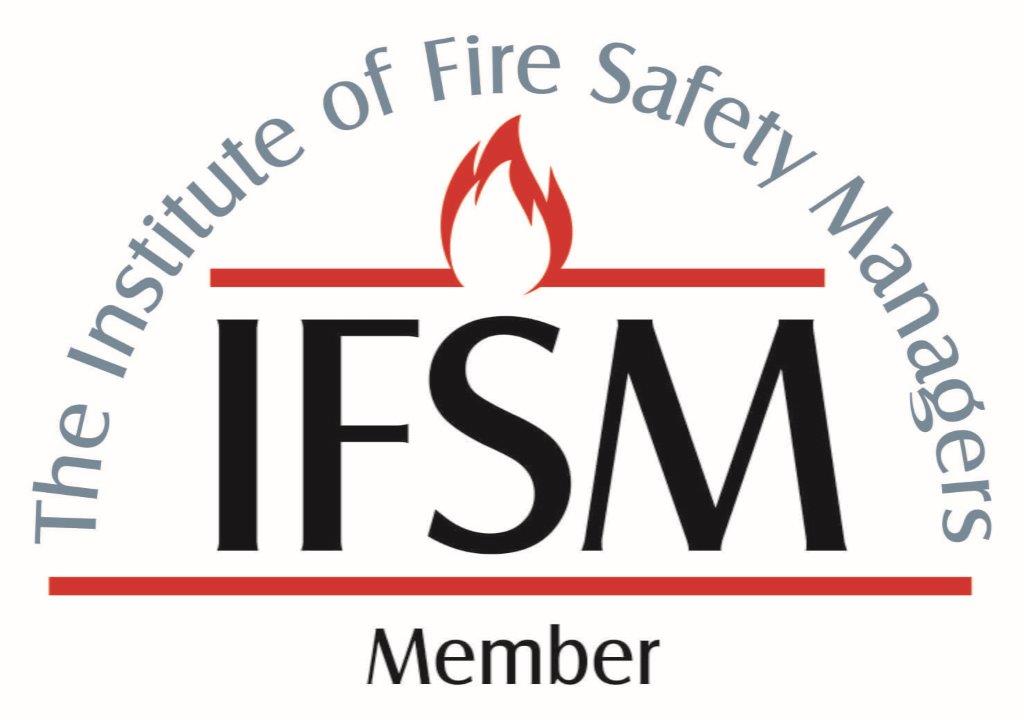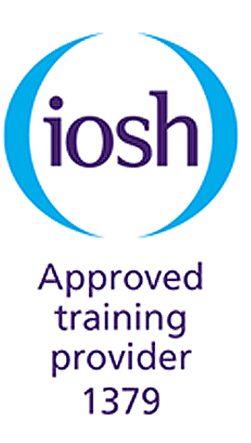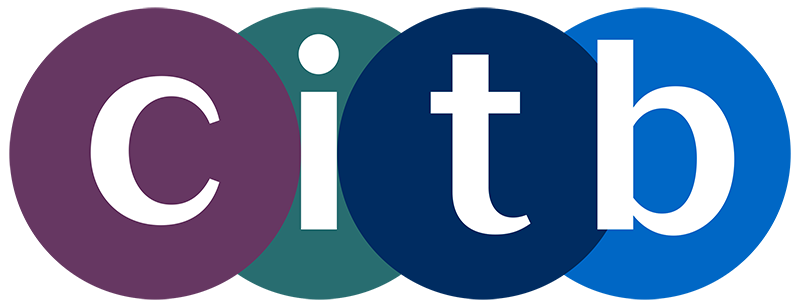
How to make fire drills more effective in your workplace
Fire drills are an absolutely essential part of workplace safety, but in spite of this many employees treat them as a minor inconvenience. They’re just something to endure and get out of the way before getting back to work. But in a real emergency, knowing exactly what to do could save lives. So, how do you make sure fire drills at work are taken seriously and serve the purpose they’re designed for? In this blog we’re talking about how to make fire drills more effective – and how to make sure your team is fully prepared.
Why fire drills really matter
It’s easy to assume that if a fire broke out, everyone would instinctively know exactly what to do. But panic can make even the most straightforward tasks go badly wrong. A well-practised fire escape routine ensures that in an actual emergency, employees won’t be hesitating at the exits, going down the wrong corridors and scrabbling around to grab belongings instead of just getting out. Instead, they’ll be well trained to react quickly and follow the procedure with confidence.
How to make fire drills more effective
1. Treat them like the real thing
If fire drills feel like an informal break from the work day, employees won’t really take them seriously. Bosses need to make it clear to staff that each drill is a critical part of workplace safety. Involve fire wardens, sound the alarms properly and avoid giving too much advance notice to staff. This way, people respond as they would in a real emergency.
2. Test different scenarios
Fires don’t always break out in predictable places. To make things more realistic you can try blocking a usual exit or running a drill at an unexpected time. One office we work with found that by simulating a fire near the main exit, they exposed a major flaw. Half the team didn’t know alternative routes they could use. These realistic scenarios help staff think on their feet and adapt to unexpected challenges.
3. Educate, don’t just evacuate
A fire drill shouldn’t just be about getting outside as quickly as possible. Use it as an opportunity to educate staff on fire risks, safe exits, and meeting points. After each drill, gather feedback from the team too – ask what went well and where people felt unsure.
Getting staff to take fire drills seriously
Some employees see fire drills as a hassle, especially in busy workplaces where there’s so much to be done in the day. So how do you get staff to buy in to the concept? One approach is to explain why they matter in a way that resonates. Instead of generic ‘safety first’ messages, you can share real-life stories of workplaces where drills saved lives. Or where poor preparation led to chaos.
Another key factor is leadership. If managers and senior staff take fire drills seriously, others will almost certainly follow suit. Set the expectation that participation is not a negotiable and make sure fire safety is built into company culture.
For more workplace safety tips don’t forget to follow us on Facebook – and if your company needs help with fire safety, our fire safety support package could be right for you. Get in touch today to find out more.











